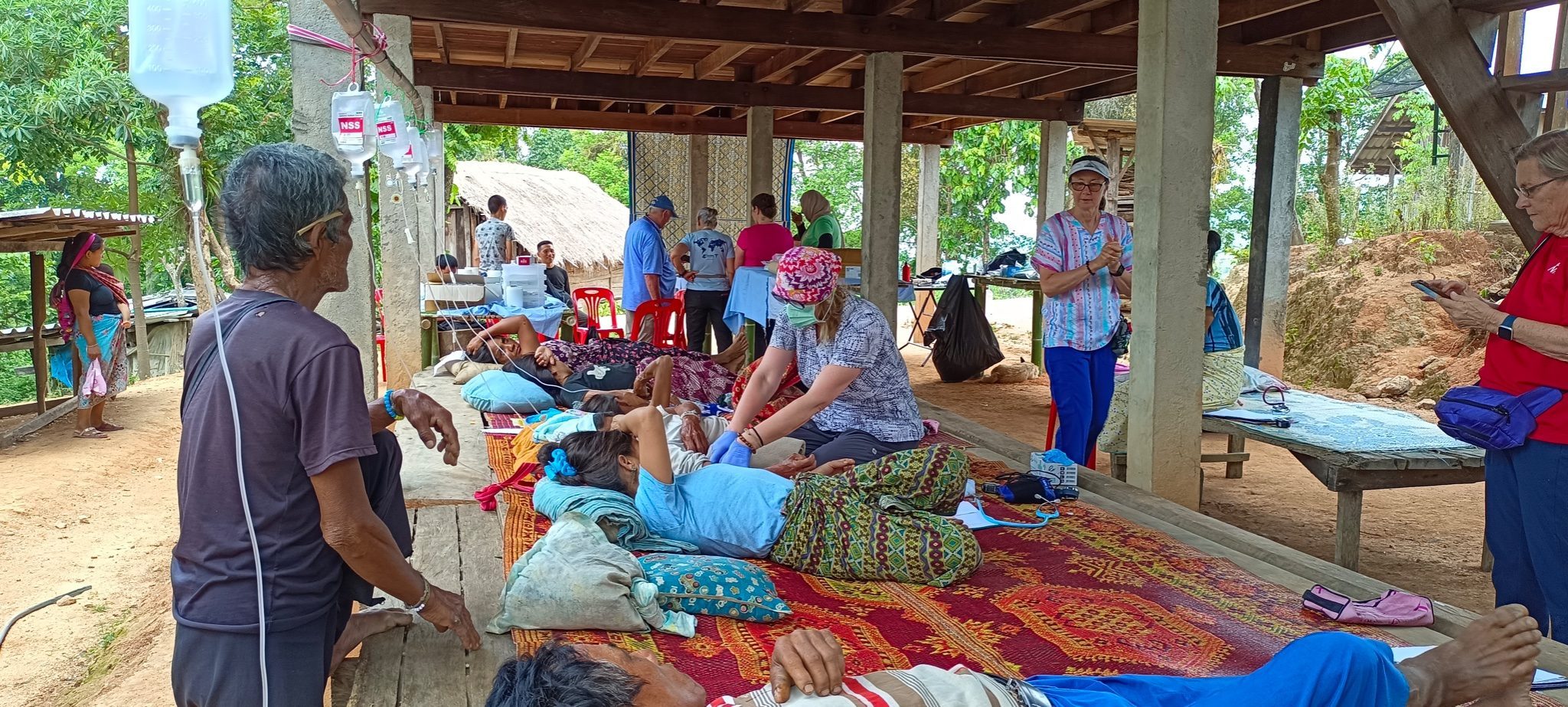Motivations
An elective represents a unique opportunity for medical students allowing them to experience healthcare in a setting unfamiliar to that in which they are accustomed to studying, and also provides the opportunity for medical students to develop their skills by observing and participating in healthcare overseas.Classically, students embark on elective placements abroad, often in the developing world or other countries where scientific, social, economic or cultural standards differ from those found in the country where the student’s medical school is situated.
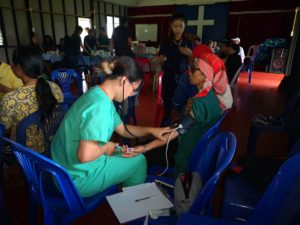
Aside from providing experience of differing practices, electives also allow students to encounter medical conditions they are less used to seeing at home. In addition, students often retrospectively describe how their placements broadened their horizons with regards to the social issues affecting healthcare in developing countries.
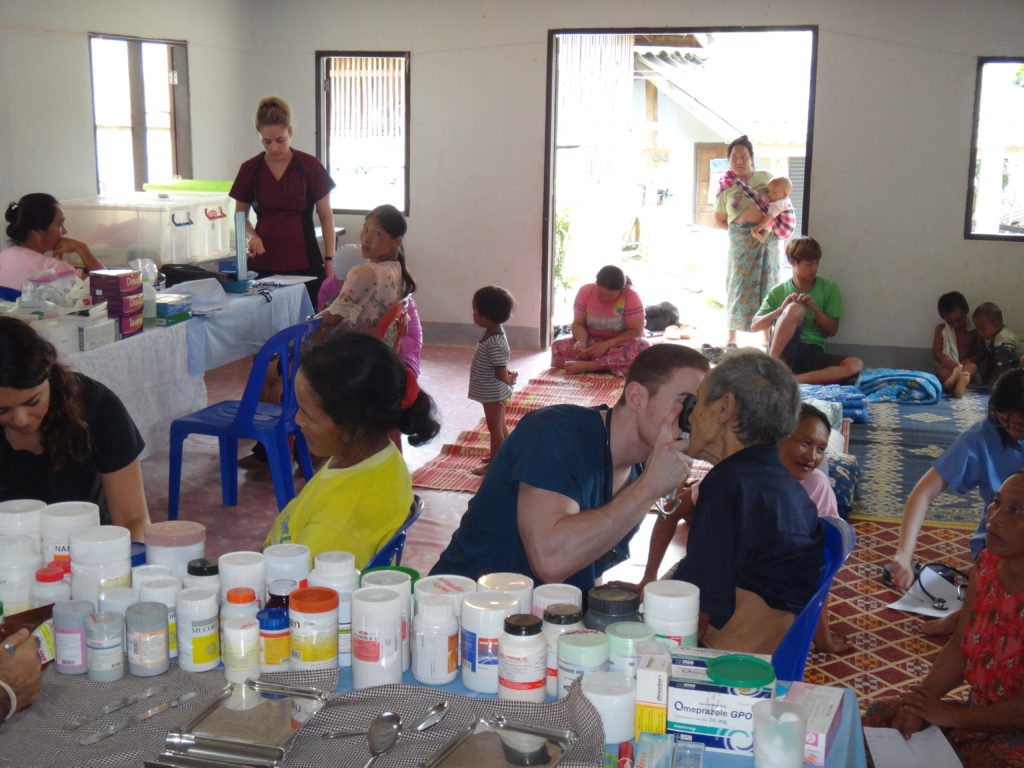
Our aim is to help you grow as a healthcare service professional. We offer a life-changing opportunity to experience medicine in a manner every health care professional who wishes to make a difference needs to. Our mandate means we take our many obligations seriously, first among them being to provide students with the best possible placements. Students aim for this elective placement is to practice clinical medicine within the context of a hill tribe culture and identify the common diseases that affect the populations.
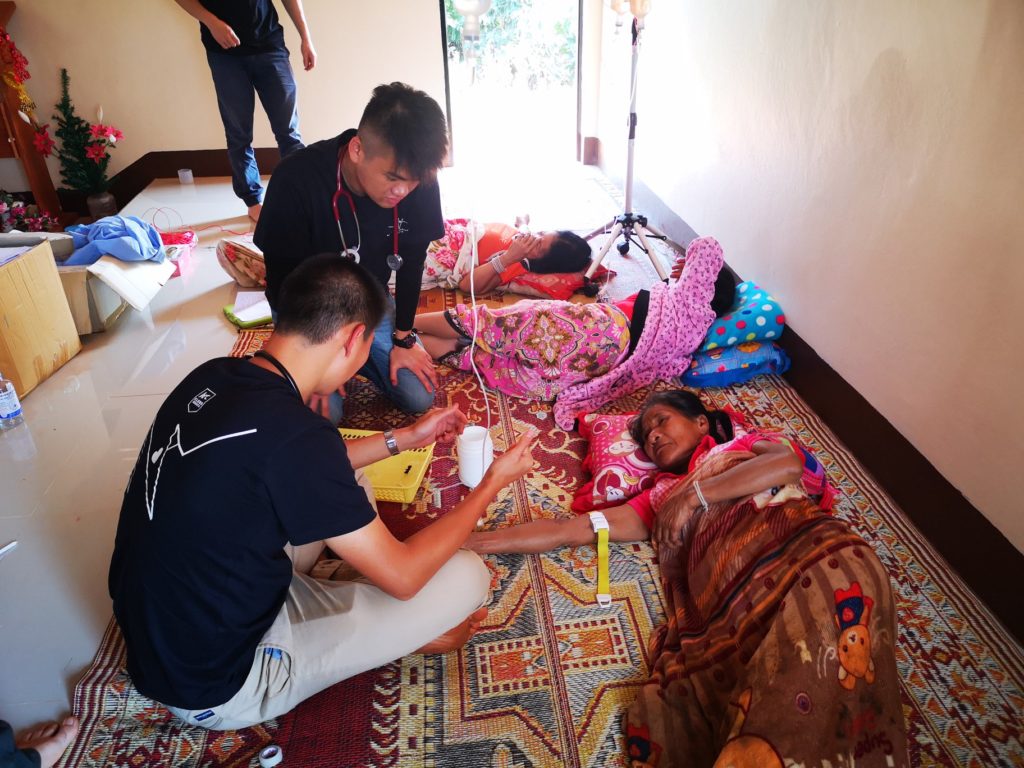
Students will have an opportunity in history taking, procedural skills, physical exams, medical tests, blood staining, giving injections; both IM, IV, drips, blood grouping, clinical decisions concerning patient care and patient admissions. Furthermore, students will experience how doctors work in an environment where resources are limited and to develop their own clinical skills. These will sometimes prove to be a challenge due to the translation that would be required from tribal dialect to English.
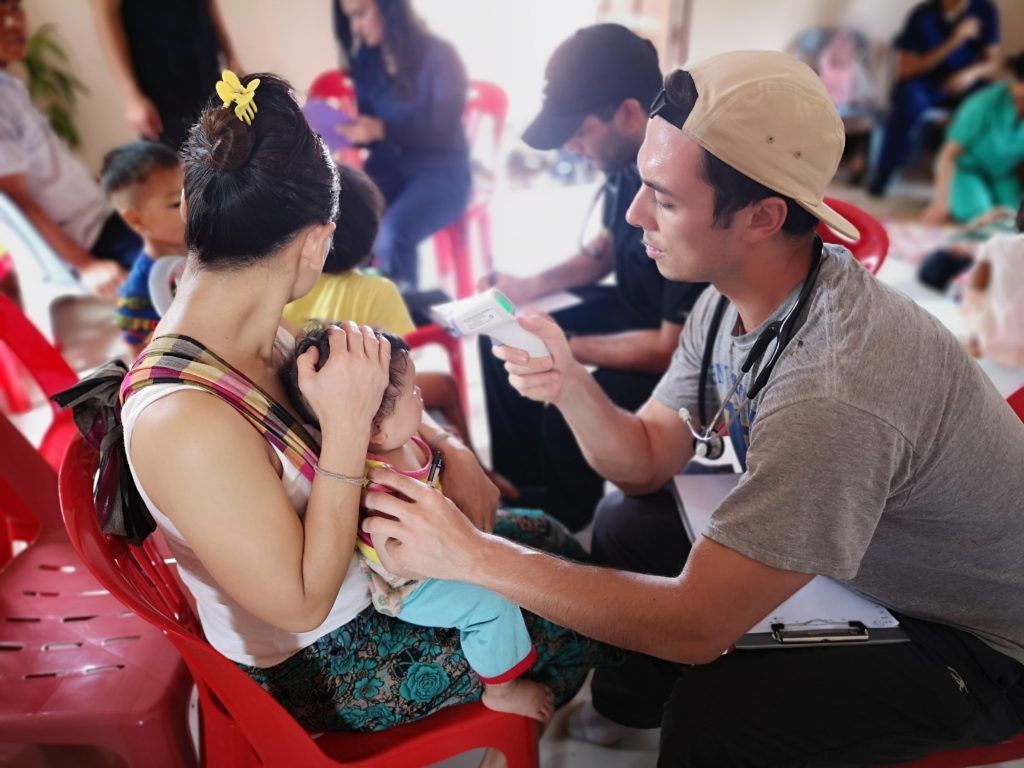
The students will be assigned to different various sections: Vitals, Trauma ( EMS ), lab, injections, pharmacy, and diagnosing and treatment.
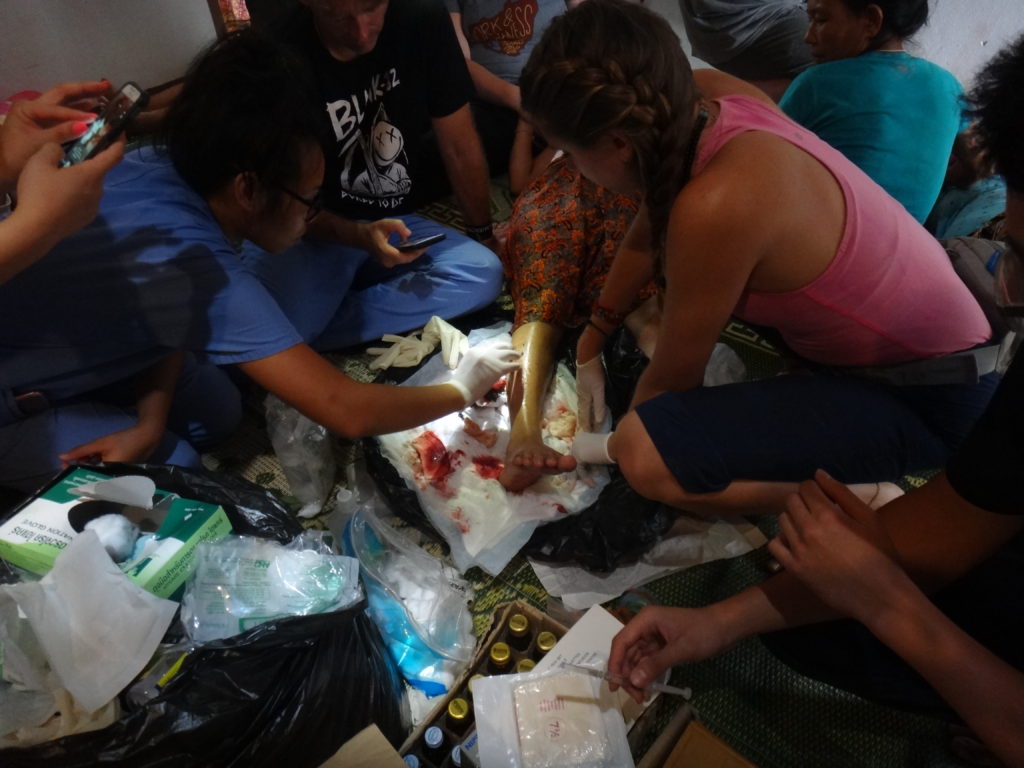
A typical day as an elective:
Get up at 6:30 and breakfast is served at 7 am until 7:30, and the village clinic starts at 8 am, running all day long with a short break for lunch between 1-2 pm until we see the last sick villager, which can last up to 6-7 pm depending on the size of the village; bigger village we have more patients. Normally we see 50-150 sick villagers a day.
At the village clinic, 1-2 students will be ushering sick villagers by giving seats and queue number, another 2-6 students will be taking vitals of those sick villagers just ushered in, another 2-4 students will be assigned to trauma ( ems) section for wound cleaning and stitching, another 2-3 students will be assigned to lab section, another 2-4 students will be working on injections, giving IM, IV and drips, another 2-3 students will be working on pharmacy section, searching and counting pills into prescription bags.
Vital students will then bring his or her patient vitals taken to Dr David, the clinical supervisor, for further evaluation, diagnosing and treatment plan; the patient will then send to different sections such as lab test if necessary, injection section for urgency, trauma section for wound cleaning and stitching, so forth and so on.
The students will then switch and rotate on the second day.
Itinerary:
Fly straight to Chiang Rai Mea Fah Luang International airport with 2-3 hours transit stop at Bangkok international airport. You will then be picked up at the airport and taken to our base camp where you will be staying for the night. The very next morning you will be heading to the village for setting up clinic in the villages where you will be staying for the rest of your trip, staying as long as you supposed to. If you are staying more than a week, we will have a town-day trip back to Chiang Rai city once in every 10 day to reload our necessary supplies.
Medical Elective necessity
Duration: 1 week – 3 months
Eligible: 1st year-final year medical student
Way of medical elective: We move around in 50 hill tribe villages as setting up village clinics. We stay 2-3 days in each village as we give free medical treatments to the sick villagers.
We normally see 50-150 sick villagers a day depending on the size of the village; the largest hill tribe village consist of 150 families, and the smallest village is about 12 families.
Medical elective requirement:
Funding for medical supplies: funding for medical supplies is required.
Funding the medical supplies is required since we are giving free medical treatment to the sick villagers who are not able to access to local or any health care due to a lack of citizenship on top of being marginalized, discriminated, shunned and looked down upon by the local Thai societies.
We normally spend 15-30 US$ on medication and treatment on a patient as we give away 3-7 different medications that include IV drips, IV push, injection and lab tests as well as minor and major surgeries.
Usually we spend 1,500-3500 US$ every 7-10 days for medications and treatments. We carry large amount of medical supplies; tons of drugs, IV drips, IV push, injections, medical equipment, and lab test.
Depending on the budget and funding brought by volunteers, we visit small or big villages. Usually with big funding and big group of volunteers, we visit big villages.
Tips: As a group, you either fund the project or fund-raise by collecting of donations from the people around you or search for grants at your school, communities or American Medical Association.
Funding for medical supplies 1-4 week-elective is as follow:
Individual and couple: The minimum funding is 1,500 US$.
Group-student: Funding for 1-2 week-medical supplies
A group of 20 or less: The minimum funding is 1,500-2,500 US$.
A group of 40 or less: The minimum funding is 2,500-3,500 US$.
Group-student: Funding for 3-4 week-medical supplies
A group of 20 or less: The minimum funding is 3,000-4,000 US$
A group of 40 or less: The minimum funding is 4,000-5,000 US$
Tips: As a group, you either fund the project or fund-raise by collecting of donations from the people around or search grants at your school, communities or American Medical Association.
Food expense
Food expense for individual and couple: It is 350 US$ per person per 1-2 week-stay
Food expense for Group volunteer
Group-students : 1 week: ( elective for 1 week )
A group of 20 students or less – 300 US$ per student per week
A group of 40 students or less – 250 US$ per student per week
Group-students: 2 weeks: ( elective for 2 weeks )
A group of 20 students or less – 250 US$ per student per week
A group of 40 students or less – 200 US$ per student per week
Group-students : 3-4 weeks: ( elective for 3-4 weeks )
A group of 20 students or less – 200 US$ per student per week
A group of 40 students or less – 150 US$ per student per week
